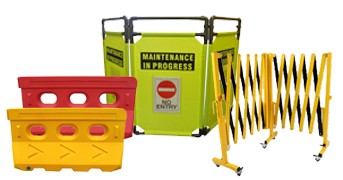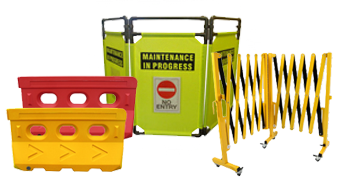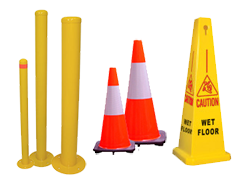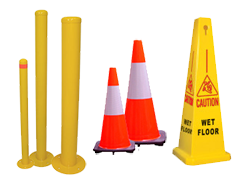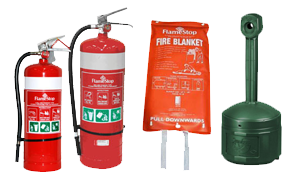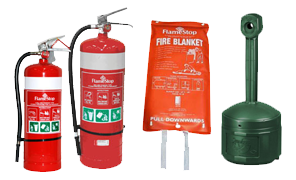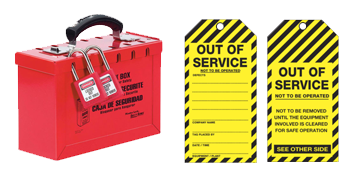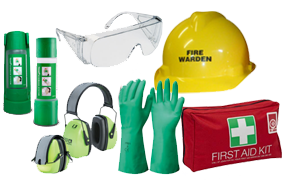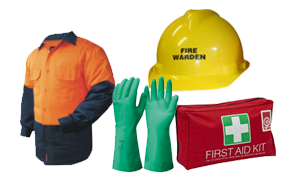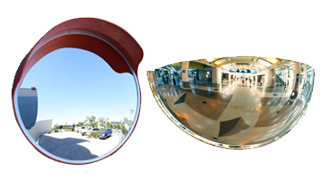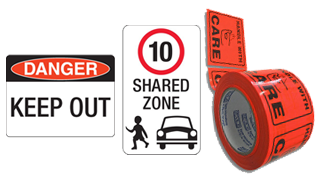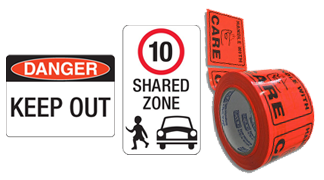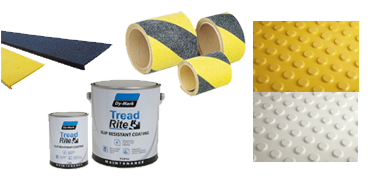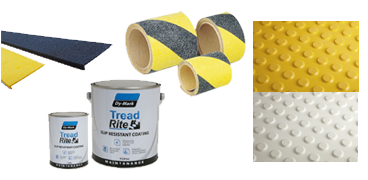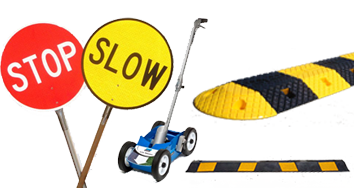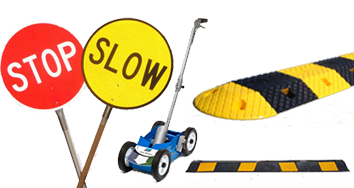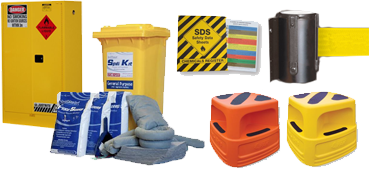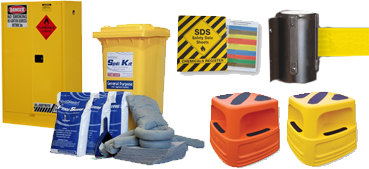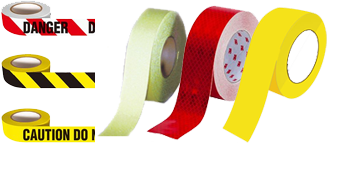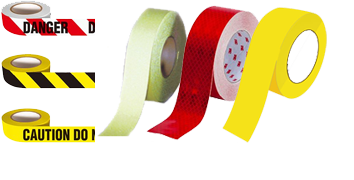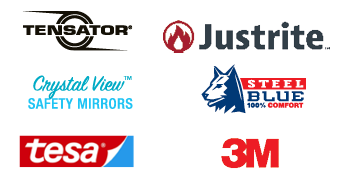What is Silicosis?
Silicosis is a form of lung disease that is contracted by inhaling crystalline silica (silica) dust particles. Silica is found in a variety of products including sand, stone, concrete, mortar and composite stone where it is found in the highest quantities (up to 90%). These products are found in many regular household furnishings including bench tops for kitchens, laundry rooms and bathrooms, certain plastics, bricks and tiles.
During the manufacturing process, these products are often cut, polished, drilled or crushed. Such activities, when managed incorrectly, produce tiny dust particles. When inhaled, these particles cling to the lungs and are known to cause silicosis and other life-threatening diseases, such as cancer.
A number of occupations can expose workers to silica dust, including but not limited to:
-
Stone masonry
-
Sand Blasting
-
Glass manufacturing
-
Ceramic work
-
Tunneling work
-
General Construction
-
Mining of coal or hard rock
-
Quarrying
-
Steel work
The three forms of Silicosis
Acute Silicosis – This disease can occur within the space of a few weeks or years following silica inhalation.
Accelerated Silicosis – This disease occurs up to 10 years after exposure to high levels of silica dust.
Chronic Silicosis –This disease appears ten to thirty years after exposure to silica dust.
Symptoms of all forms of Silicosis are similar. These can include scarring, inflammation and fluid build-up in the lungs, weight loss, fatigue, coughing and difficulty breathing. These symptoms develop over time, and can often increase risk of lunch cancer, tuberculosis and chronic bronchitis.
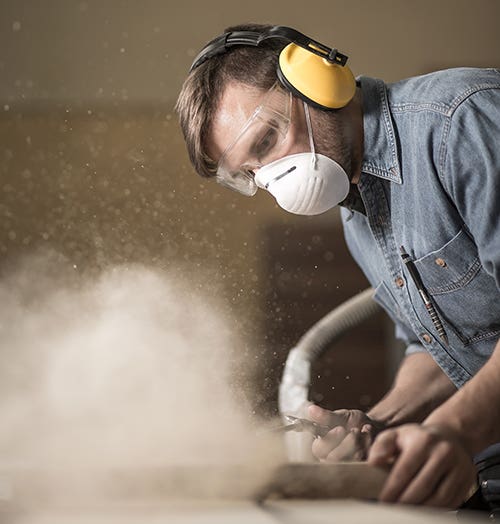

Why now?
In recent months, the Queensland Government have announced a ban on dry cutting of engineered and artificial stone, and conducted an audit to further investigate the industry. These actions followed the recent spike in confirmed cases of Silicosis in Queensland over the past year.
It has been confirmed that a trend of severe malpractice and lack of safety precautions in the industry is the cause for these outcomes. For example:
1. A lack of adequate Personal Protective Equipment (PPE).
2. The practice of dry cutting, which produces high quantities of dust.
3. Inadequate tools for the task.
4. Inadequate work environment and lack of suitable ventilation.
What can be done?
Overall, there must be a mentality shift in the industry, where the safety of employees becomes the priority first and foremost. While genuine, quality PPE equipment can be more expensive than lesser quality equipment or none at all, this is no excuse. Every company must understand the risks that are prevalent in their workplace, and create a safety plan that eliminates these risks.
Safe Work Australia have indicated that the workplace exposure standard for breathing crystalline silica must not exceed 0.1mg/m3 (8-hour time weighted average). It is the duty of the individual company to reduce their employees’ exposure to silica dust as much as is reasonably possible. Safer work practice surrounding Crystalline Silica can be achieved by combining a number of methods into a company’s safety plan:
1. Invest is high quality PPE
A half face, P2 respirator is the minimum permitted efficiency level required when working with silica, and should incorporate a suitable filter and exhalation valve. These filters allow for longer wear periods, and are more effective at reducing build-up of carbon dioxide and water vapour (these make it difficult to breathe). A company must educate employees on the importance of regularly replacing respirators, and doing so in a safe area that is separate from the dust hazard.
Worker’s PPE clothing should also be of high quality, so as to not collect dust. Cheap, low quality or fake products are very common and can be dangerous and ineffective. A company must ensure these products are purchased from reliable sources.
How to spot low quality PPE?
-
An indication of a low quality products is the price. If a product is far cheaper than alternatives, it is likely to be a fake.
-
It can also be telling to read the packaging of a product. If information is spelt incorrectly, or labeling seems different or incorrect, this is a sure sign for spotting a fake.
-
Lastly, an inspection of the actual product is important. If the material appears thin, coloured incorrectly, or if it has an odour, these are all signs that the product is low quality, and likely a fake.
2. Utilise signage
Signage can effectively warn workers when entering areas where silica dust is present. Customisable signs can be very effective. As the risks of Silica dusk are becoming widely recognised, signage is likely to be effective for ensuring appropriate PPE is worn and that all precautions are taken.
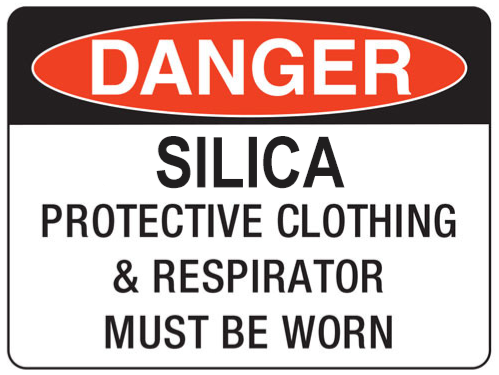

3. Use the right tools and eliminate dry cutting practices
Water suppression (Wet cutting) tools such as routers or water jet cutters must be used. The use of water minimises levels and mobility of dangerous dust particles. All tools must be wet-cleaned regularly at the end of every work day.
4. Follow a strict work-area cleaning procedure.
The surrounding work space must be vacuumed (using a H-class vacuum – this is preferable to sweeping as it is more effective at eliminating dust), hosed down and mopped daily. Further, utilise water misting tools to keep surrounding work and waste disposal units damp.
5. Source high quality product
Material with lower concentration of crystalline silica can be sourced in some scenarios. This practice is likely to increase expenses, however it will lower the risk to workers, making it a viable and necessary option.
6. Air monitoring Investing in air monitoring technology can help a company ensure that the quality of air is aligned with Australian workplace standards. Ensuring proper ventilation practices will help to reduce dust.
Where exposure can be limited, it is the company’s responsibility to ensure that all measures are taken.

